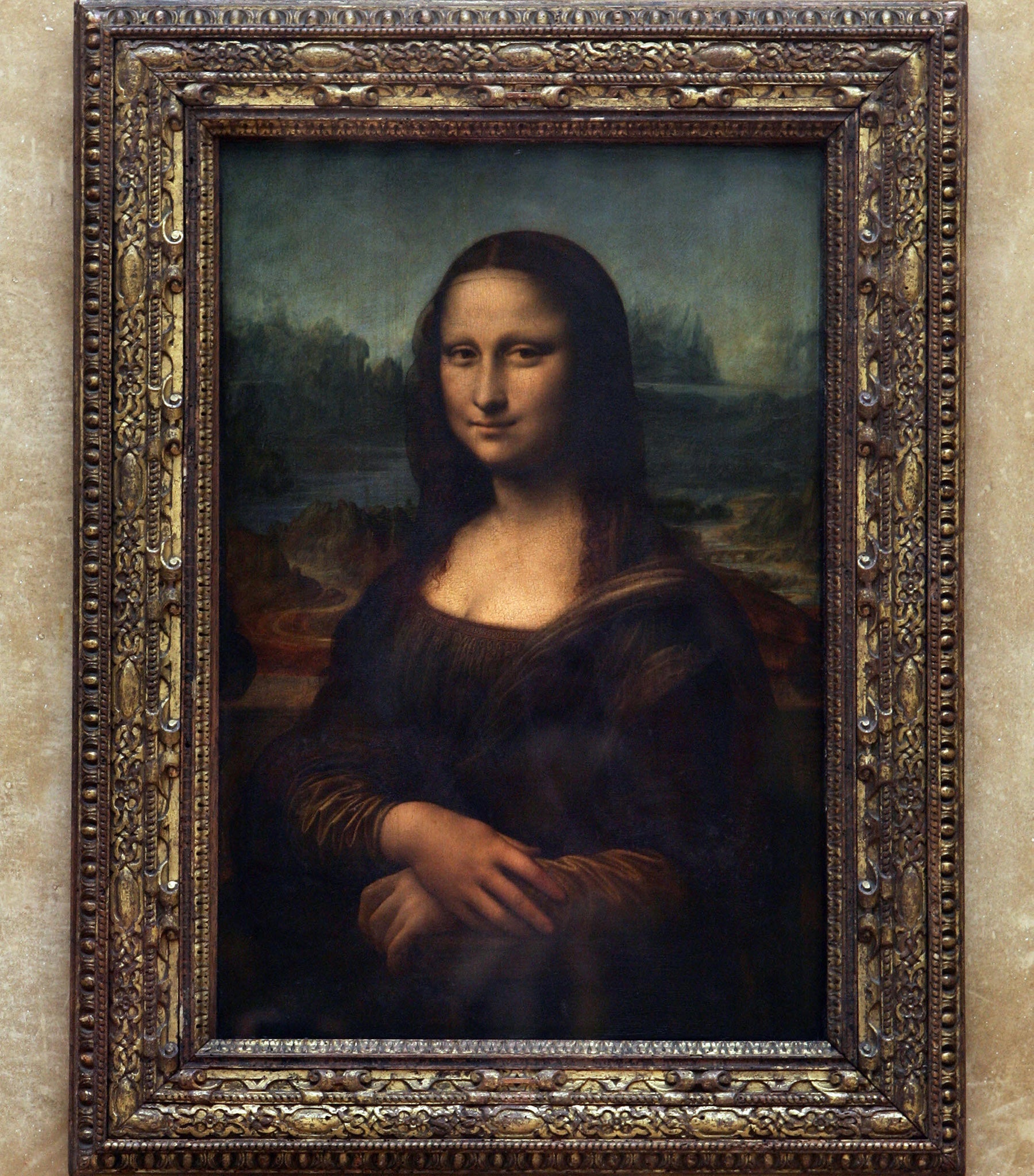Mystery of Mona Lisa's smile 'solved' as experts say Da Vinci used the same illusion years before
Experts say it is compelling evidence that the Mona Lisa's so-called 'uncatchable smile' was a deliberate effect created by Leonardo da Vinci

Scientists may have discovered the secret behind one of the most famous mysteries in the history of art – the Mona Lisa’s smile.
Experts from two UK universities said that a new study of another painting believed to be by Leonardo da Vinci, La Bella Principessa, prove that it uses the same technique of the “uncatchable smile”.
The illusion behind the Mona Lisa’s enigmatic quality is thought to stem from the fact that she appears to be smiling – until the viewer looks directly at the subject’s mouth, at which point it seems downturned.
The big question for experts is whether or not this effect – created through a complex combination of colours and shades – was intended by Da Vinci himself.
Extensive research and examination has proven La Bella Principessa to be an earlier work by the same artist, according to Sheffield Hallam’s psychology professor and expert in visual perception Dr Alessandro Soranzo.
The painting is thought to depict 13-year-old Bianca Sforza, the daughter of Ludovico Sforza ("Il Moro") duke of Milan, before her marriage to a commander of the Milanese forces.
Writing in the journal Vision Research, Dr Soranzo said that “the existence of a similar illusion in a portrait prior to the Mona Lisa becomes more interesting”.
The expert and his team used a series of experiments to examine how the viewer perceives the two paintings when factors such as the viewing distances and the level of “blur” applied to the image were altered. They also examined a third painting from the same era, Portrait of a Girl by Piero del Pollaiuolo, as a control.
Researchers found that, when viewed from a greater distance or with a greater blur affect, the smiles perceived in the two Da Vinci paintings increased. The same was not the case for the piece by Del Pollaiuolo.
The confirmation that both Da Vinci works feature the same illusion is significant, Dr Soranzo said, if not conclusive proof that it was intentional.
He told Discover magazine: “Given da Vinci’s mastery of the technique, and its subsequent use in the Mona Lisa, it is quite conceivable that the ambiguity of the effect was intentional.”
Subscribe to Independent Premium to bookmark this article
Want to bookmark your favourite articles and stories to read or reference later? Start your Independent Premium subscription today.

Join our commenting forum
Join thought-provoking conversations, follow other Independent readers and see their replies